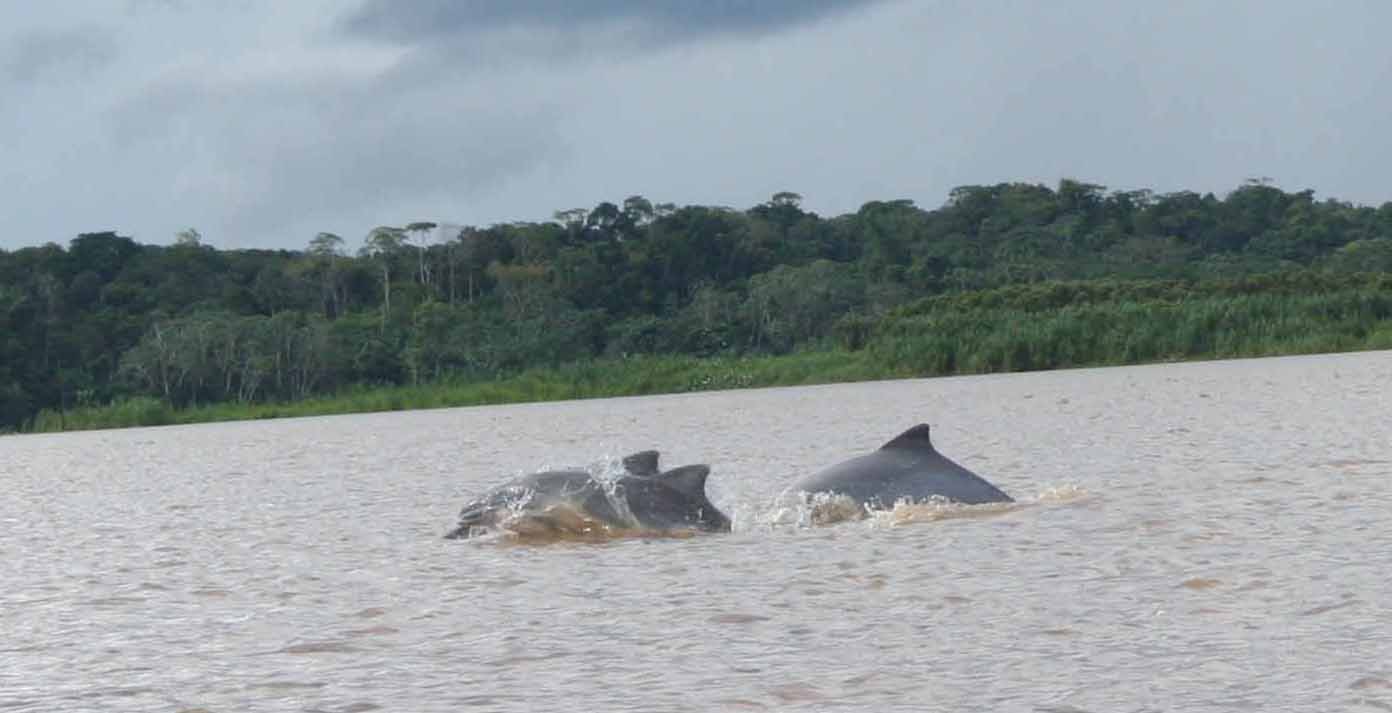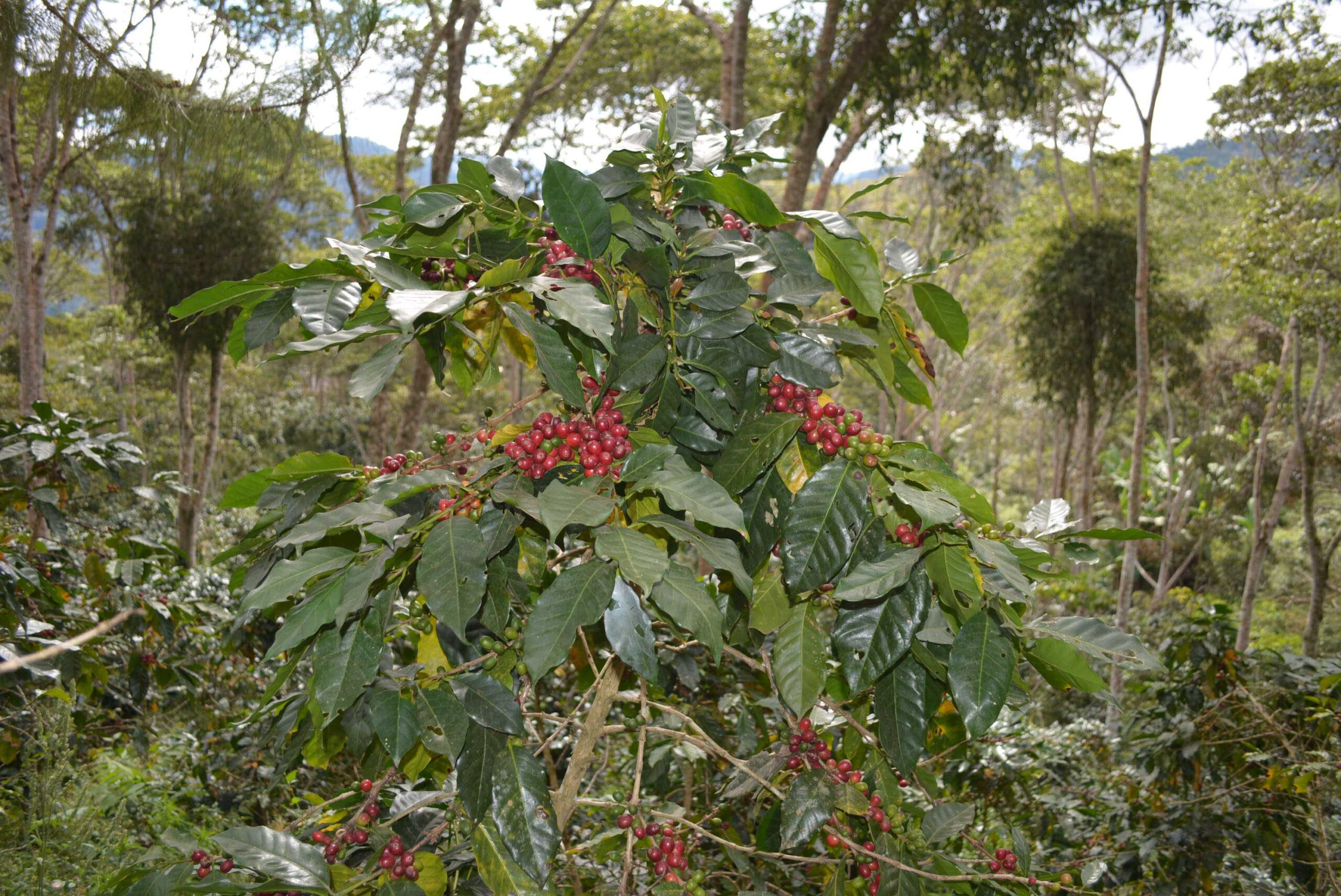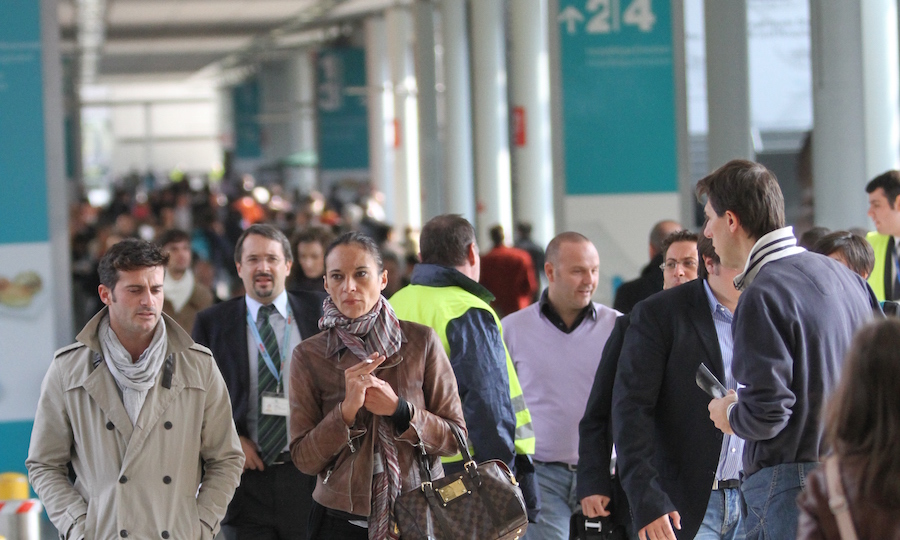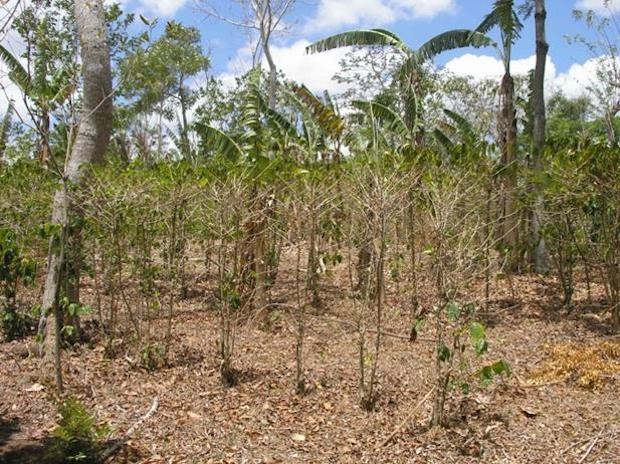Updated: November 2016
I first wrote this post in 2015, and since then it’s been plain to see that costs for US healthcare have continued to rise rapidly, along with health coverage premiums and deductibles. It behooves everyone to at least investigate other options for commonplace surgeries and therapy that can be had for a fraction of the cost with just a short trip easily combined with a vacation.
Three Reasons Why I Love Peruvian Healthcare
Back in 2010, I herniated a disc in my back, and long (painful) story short, I ended up in Peru for treatment due to the cost (That story here.)
Over the last 5 years, I’ve had very little problem, only occasional discomfort or at most a day or so of lower back pain.
That’s how it was, until recently. Weeks of running around Peru in small, cramped cars, bad hotel beds, and trying to act like I can still handle 100+ pound bags of coffee, combined with lack of stretching finally led to a full blown sciatic pain episode. Once we got back to Lima, I immediately sought therapy. Here’s what I found:
Continue reading Three Reasons Why I Love Peruvian Healthcare









